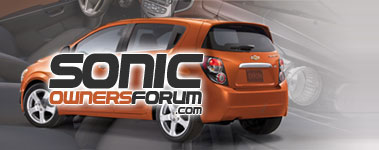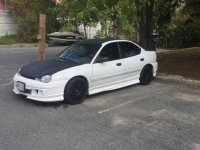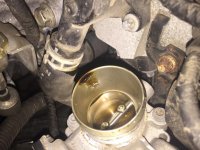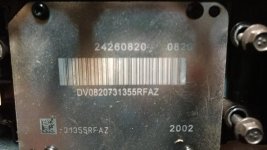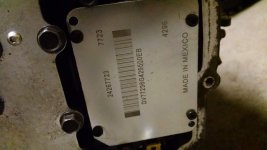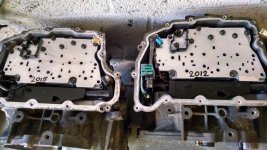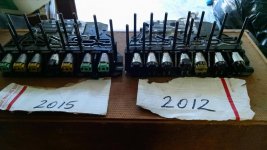That's a very true part. . . Happy Wife . . .. Happy Life.
Hope it all gets repaired to optimum operation. One thing I've noticed in the past 10 to 15 years or so. Despite the improvements in adding technology to cars, most brands have fallen down in basic durability in basic components in one or more ways regardless of the brand.
I blame a lot of it on computer simulation and "cyber" testing. A computer and the algorithms it uses are only as good as the programs being used. The program is only as good as the programmer(s) who wrote it and took into consideration EVERY potential wear, durability and materials detail that are involved or potentially involved.
IMHO, car makers, including GM, seem more focused on adding infotainment, self parking, self driving, and other technologies and the material and mechanical components seem to be 2nd thoughts. Reduction in weight for EPA reasons and lower cost by going to lighter materials may sometimes result in weaker parts that do not withstand the rigors that design and testing programs make engineers think they will.
A case in point is the 6T30 and 6T40 transmissions. Back in the late 1980s a 6 speed transmission this small would have been thought of as nearly impossible. Yet here they are. I am amazed by them, but to be honest, they are engineered to handle just the amount of engine torque they are mated to. Not much in a "safety" factor. And earlier version materials (clutch plates) and some other design elements were not as durable as they thought they would be. Part of this may be due to GM and other car makers, depending on the vendors supplying these materials and parts and their own computer design and simulation of wear and stress factors.
Older 3 and 4 speeds were beasts. I had 1974 Chevy Vega with 4 speed manual and they used a Chevy Nova tranny in that little car. The tranny was almost as large as the engine. People dropped small block V8s in the Vega and the transmission handled it just fine.
We had a 1987 Nissan Sentra in the family that was bought used in 1989 due to a car being totaled in and accident. My wife used it, both daughters used it and one took it to college and used it till 1999 with 160,000 miles on it. The only repairs were brakes, tires, water pump and a blown head gasket. I think the automatic transmission fluid was changed once. They were cheap little cars, but parts were over engineered largely back then in my opinion.
Today, you couldn't get me to buy a compact Nissan like the Versa Note or sedan. Nice sized little cars, but not as good as the latest model Sonics in my opinion.
I am sad to see GM dropping the use of the 1.8L engine in the Sonic. It is more old school but it seems 9 out of 10 drive train problems you see here on the forum or read about at Edmunds or other car websites are with the 1.4L Sonics and Cruze. Sure the 1.4L can be more fun to drive and who wouldn't like more power. But at what cost in durability and reliability? I find the 1.8L with 6 speed automatic plenty fun to drive. And if you use the Manual shift button and keep the RPMs above the 3,000 to 3,500 RPM range that little car will scoot even with the 1.8L. 3,500 RPM is when the variable length intake manifold starts to kick in. Keep the 1.8L engine at 3,500 to 4,500 RPM and over and it is then in it's max power range.
